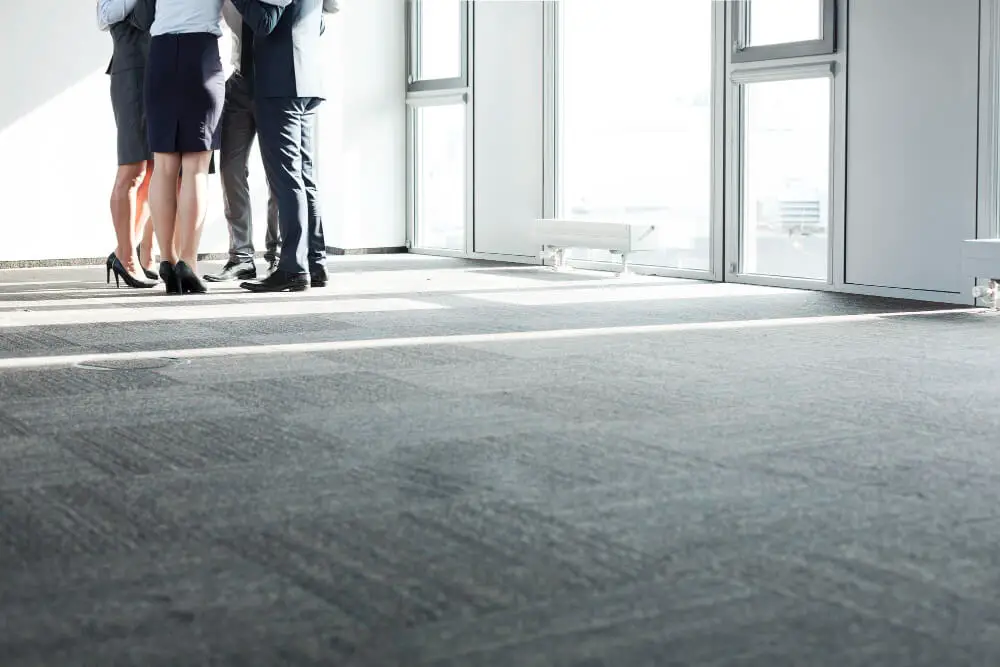Flooring might not be the flashiest part of a commercial space, but it’s one of the most important decisions you’ll make for your business interior. From the way your space looks to how it performs day in and day out, your flooring is the foundation—literally. But despite how essential it is, many business owners overlook key considerations when choosing commercial flooring.
We’re going to break down four common mistakes that can seriously hurt your bottom line if you’re not careful. Whether you’re outfitting a sleek office, a bustling retail store, or a high-traffic hospitality venue, these pitfalls are easy to fall into—and thankfully, easy to avoid with the right guidance.
We’ll cover everything from traffic analysis and safety to maintenance planning and budgeting, helping you make smarter choices and avoid expensive regrets. If you want a floor that lasts, looks great, and keeps everyone safe, keep reading. Even options like commercial rubber floor tiles can provide long-term performance—if chosen wisely.
Let’s dig into the biggest flooring mistakes and how to sidestep them with confidence.
Ignoring Foot Traffic Patterns
Choosing flooring without considering how many people will walk on it each day is a recipe for disaster. The wear and tear of heavy foot traffic can quickly degrade the wrong type of flooring, leading to costly repairs or replacements much sooner than expected.
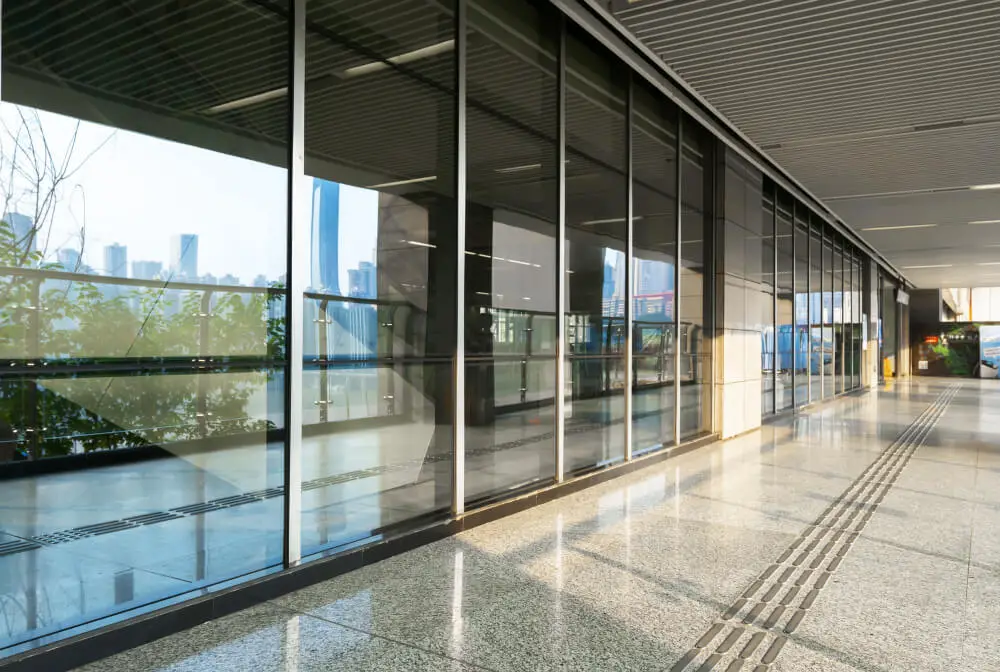
For high-traffic areas like entrances, hallways, or common spaces, you need durable materials like vinyl composite tile, polished concrete, or commercial-grade carpet tiles. These are built to take a beating while still looking professional. On the flip side, quieter spaces like executive offices or meeting rooms can prioritize style and comfort with softer materials like carpet or wood laminate. Match the flooring to the purpose of each space, not just the look.
Choosing Style Over Safety
Let’s face it—every business wants their space to look good. But prioritizing appearance over safety is a mistake you can’t afford. Slippery, high-gloss surfaces may catch the eye, but they’re a hazard in areas prone to moisture or spills.
In places like restrooms, kitchens, and entryways, it’s critical to use flooring with high slip resistance. Look for materials with textured finishes or specialized coatings designed to prevent slips and falls. Bonus points if they’re antimicrobial too—perfect for places like healthcare clinics or food prep areas. Safety doesn’t have to mean boring, either. Plenty of modern flooring options combine function and fashion beautifully.
Underestimating Maintenance Needs
Just because a floor looks low maintenance doesn’t mean it is. Many businesses make the mistake of installing flooring that requires constant upkeep, not realizing the time and cost involved in keeping it clean and safe.
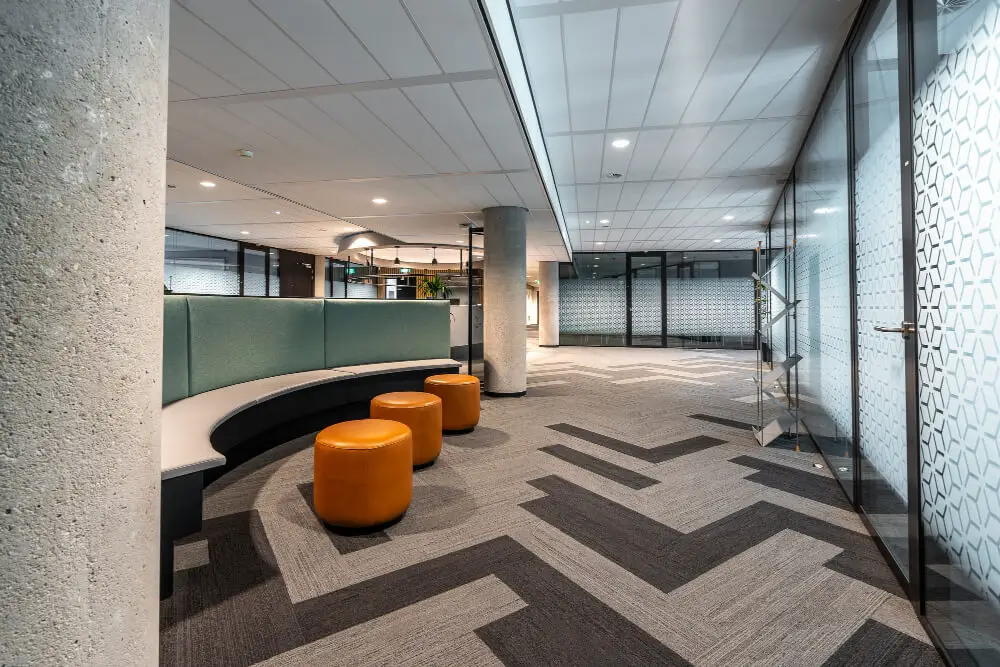
Carpet, for example, may look cozy and professional, but it traps dirt, allergens, and spills—requiring regular deep cleaning. On the other hand, sealed concrete or luxury vinyl tile can be swept and mopped with minimal fuss. Think about who will maintain the floors, how often, and at what cost. Choose materials that work with your cleaning schedule and budget—not against it.
Using Residential Flooring in Business Spaces
One of the most common—and costly—mistakes businesses make is installing residential-grade flooring in commercial spaces. At first glance, these materials might seem more affordable or easier to find, but they’re simply not built to handle the wear and tear of commercial environments.
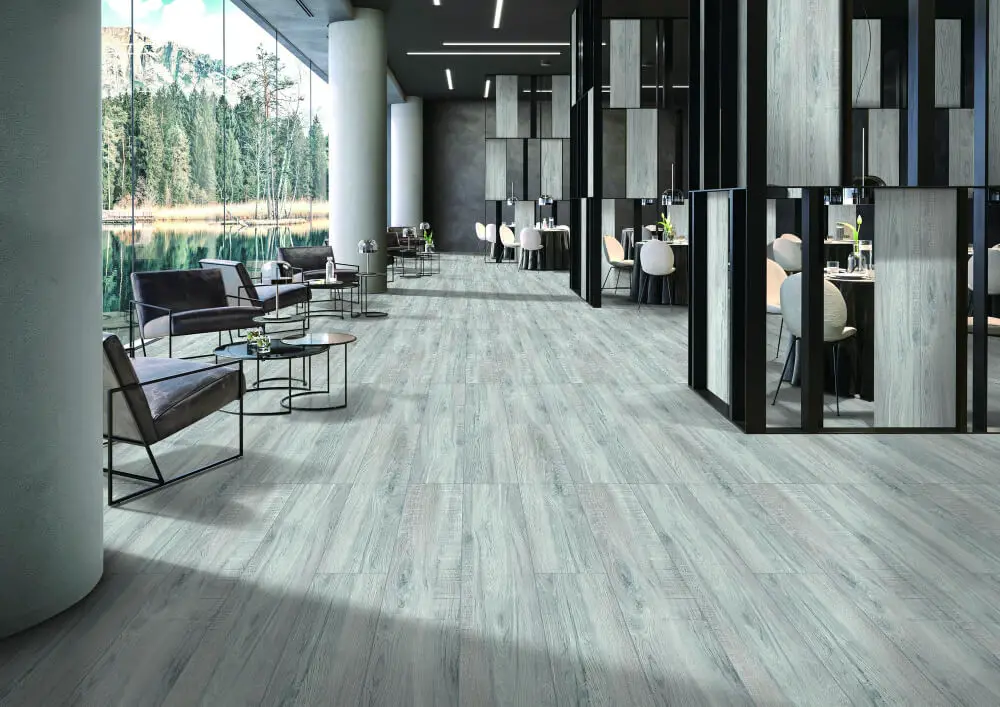
Residential flooring typically lacks the durability, warranty protection, and safety certifications needed for high-traffic areas. It can wear out faster, fail under pressure, and even pose slip hazards. For long-term performance and peace of mind, always choose flooring that’s specifically designed and rated for commercial use. It’s an investment that pays off by avoiding early replacements and ensuring your space meets all industry standards.
Skipping Subfloor Preparation
Even the best commercial flooring will fail if it’s installed over a poorly prepared subfloor. Cracks, moisture, or uneven surfaces underneath can cause bubbling, warping, and premature wear.
Subfloor preparation is often rushed or skipped to save time, but it’s a step that ensures longevity and stability. Whether you’re laying tile, carpet, or vinyl, make sure your contractor assesses and properly prepares the base. Moisture barriers, leveling compounds, or repairs may be necessary to ensure a flawless and durable finish.
Not Considering Acoustics
Noise control is a major issue in commercial spaces, especially in open offices, multi-story buildings, or areas with frequent foot traffic. Hard surfaces like tile or concrete may look sleek, but they can reflect sound and create echo chambers that impact productivity and customer experience.
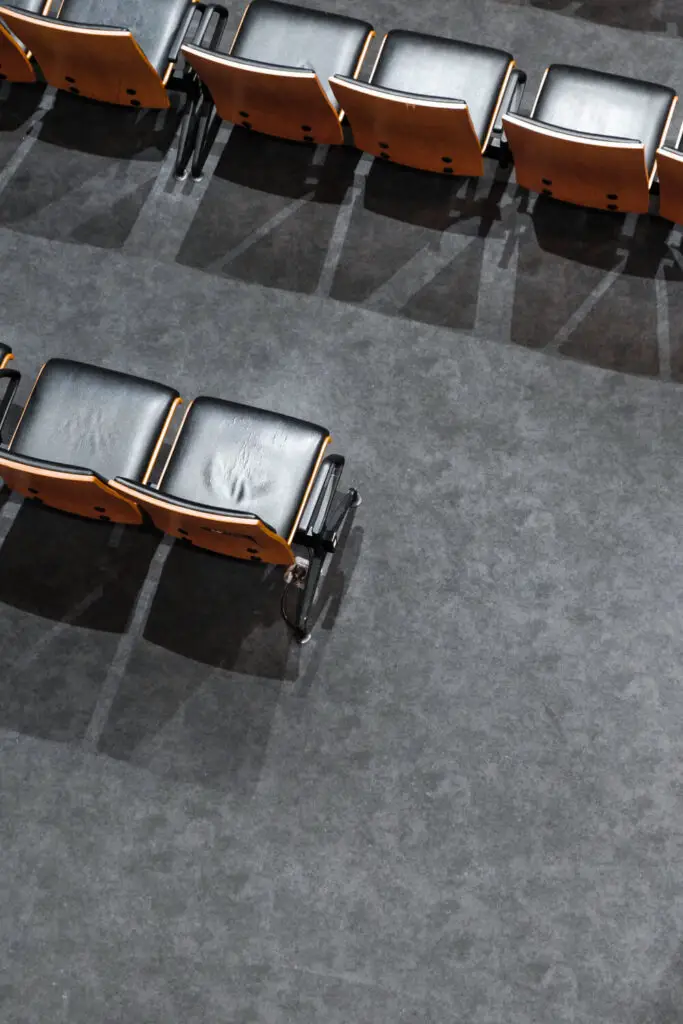
Opting for acoustically dampening flooring materials—like carpet tiles, rubber flooring, or acoustic underlayments—can significantly improve comfort and communication. This is particularly important in conference rooms, classrooms, or healthcare settings where clear communication matters.
Overlooking Environmental Factors
Different spaces face different environmental challenges, from temperature swings and humidity to exposure to sunlight and chemicals. Failing to factor these conditions in when selecting flooring can lead to fading, cracking, or degradation over time.
For instance, areas with strong sunlight should use UV-resistant flooring to prevent discoloration, while food service areas need materials that can withstand spills and disinfectants. Tailor your flooring to the unique conditions of each zone within your business.
Failing to Plan for Future Changes
Your business may grow, rebrand, or shift functions over time—and your flooring should be able to adapt. Installing highly customized or difficult-to-remove flooring may limit flexibility or increase future renovation costs.
Modular flooring solutions, like carpet tiles or click-lock vinyl planks, allow for easy replacement of damaged sections or updates to style. Planning ahead for scalability and ease of updates can save you serious time and money down the road.
Conclusion
The right commercial flooring is more than just a surface—it’s a strategic investment in your business’s function, appearance, and longevity. By avoiding these eight common mistakes, you’ll be better equipped to choose flooring that enhances your space, supports your operations, and stands the test of time

